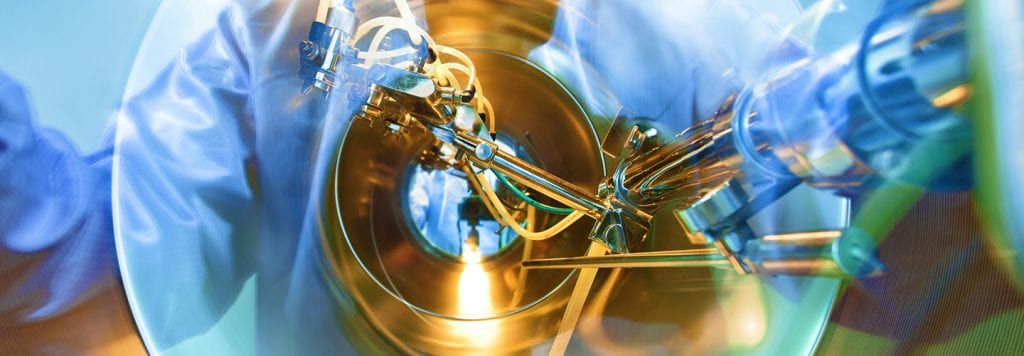
Don’t Leave R&D Tax Credits On The Table: Invest In Your Manufacturing Company’s Future
Innovation continues to drive the manufacturing industry. To reward investments in innovation, R&D tax credits were developed to provide companies with the freedom and flexibility to move the industry forward. That being said, business leaders will often get caught up in the idea that to score an R&D tax credit their companies have to be in the process of developing new products or engineering brand new manufacturing processes. This is not true. Actually, if your company is attempting to develop or improve manufacturing processes, products, or software, you may absolutely be eligible for federal, state, and non-U.S. R&D tax benefits.
R&D credits are a dollar-for-dollar offset against regular income tax liability. Furthermore, this incredible tax credit has enabled many startups and mature businesses to hire additional employees, invest in new technologies and equipment, and finance other business objectives.
Additionally, you may be eligible to receive the R&D tax credit even if you’re not paying taxes, as many states will pay you the value of your credit or allow you to sell or transfer it for cash. Plus, state a
nd federal credits also may be carried back to earlier — and forwarded to later — tax years to offset tax liability.
How To Know If Your Manufacturing Company Is Eligible For R&D Credits
Your company may qualify for R&D tax credits if you pay the following types of employees or contractors to develop or improve products and processes:
| Manufacturing Engineers | CAD Technicians |
| Product Engineers | Designers |
| Process Engineers | Drafters |
| Software Engineers | Fabricators |
| Design Engineers | Machinists |
| Project Engineers | Plant Operators |
| Test Engineers | Manufacturing Managers |
| Engineer Technicians | Assembly Technician |
| CNC Operators |
Activities That Qualify for the R&D Tax Credits
Examples of potentially qualifying activities include:
- Designing and developing custom tooling and fixtures.
- Developing prototypes to meet various customer specifications and requirements.
- Redesigning a manual process into an automated one through software development.
- Designing, building, and testing first article prototypes.
- Performing custom fabrication specific to a customer’s need.
- Developing new or improved processes to increase yield or overall performance.
- Improving quality assurance processes to increase product reliability.
- Developing new or improved processes or products to meet federal or state regulatory requirements.
- Developing new or improved techniques to increase the performance of a product or process.
If your company is not developing these processes or products in-house but is paying a third-party for engineering services, product designers, testing services, and/or fabrication specialists, you still may potentially qualify for an R&D tax credit.
To learn more about R&D tax credits and whether or not your company qualifies, contact us today to speak with a member of Rea’s manufacturing and distribution services team.
